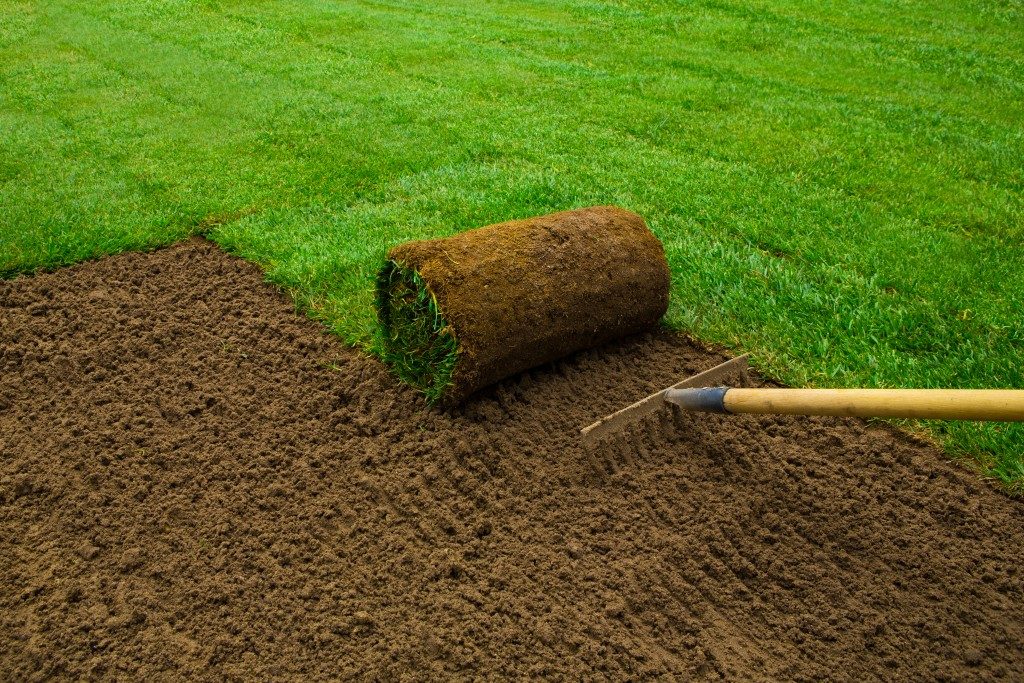Laying out sod has many advantages over other methods such as growing grass seeds. Sodding gets you a huge head-start on your lawn since it produces a finished and attractive lawn immediately. A successful turf, however, depends on a lot of things, including growing the proper type of grass for your area. Before you run out to get your own sod supply in Salt Lake City or any other parts of Utah, make sure to get to know what the ideal turf choices are in your area.
Utah has a typically dry, continental climate and has a wider diversity when it comes to the types of sod used for their lawn. Most gardeners grow cool-season grasses. But depending on where you live in Utah, you might require a mixture or blend of warm and cool-season grasses.
Cool-season Grasses
Kentucky Bluegrass. This is one of the most popular cool-season grasses due to its ability to hold up under traffic, making it a top choice for the residential and recreational landscape. Bluegrass is also drought-resistant and can survive several months without significant rainfall or irrigation. It is durable and has the ability to heal itself when damaged.
Fine Fescue. This type of grass is a sub-group of fescue distinguishable by its narrow leaf blade. It has always been popular as shade grass, making it a good option for areas beneath trees. It requires low maintenance and can be used for filling in areas where other types of sod might not grow. Unlike bluegrass, however, fine fescue has low traffic tolerance.

Tall Fescue. This grass has a wider leaf blade compared to fine fescue. It is another common cool-season grass that has a dense root system, which means that this grass is drought-resistant. Not only does it withstand heat well, but it can also tolerate a partially shaded area. Tall fescue is not only used in the cooler northern zone but also in the transition zone (strip of land where neither warm nor cool-season grasses are completely adapted).
Perennial Ryegrass. This grass is naturally suited to northern climates, but it is a popular choice if you want to mix grasses. It is fast-germinating and low-maintenance with high resistance to disease and turf pests, making it the ideal turf grass for golf course fairways or baseball fields.
Warm-season Grasses
Bermuda Grass. This is a perennial grass that prefers the sun, can survive drought conditions, and can even do well in areas that reach the upper 80 to 90 degrees Celsius. Bermuda grass can also withstand heavy traffic. Its aggressive growth habit makes it resistant to weeds and pests.
St. Augustine Grass. Many southern homeowners choose this wide-bladed grass because it can tolerate extreme heat and droughts. It can even be grown in sandy soil. It also creates a thick surface capable of crowding out most weeds and other types of grasses.
Centipede Grass. This slow-growing, course-leaved grass can grow in acidic soil. It is adapted for use as a general-purpose and low-maintenance turf.
Sod is mature grass cut into pieces and transplanted in another area with the grass, roots, and soil intact. There are different types of sod suitable for different climates and temperatures. The right type of sod can give you that instant beautiful lawn.